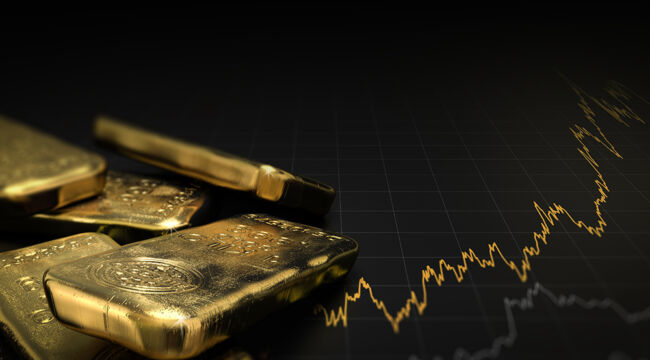by Jim Rickards, Daily Reckoning:

The world has changed radically in recent years. We’ve had the worst pandemic since 1918, and the third worst in world history. We’ve had a global supply chain breakdown. Inflation has been the worst since the early 1980s, despite the fact that it’s come down since peaking last June.
Meanwhile, Europe is experiencing its worst war since the end of World War II.
That kinetic war in Ukraine has been accompanied by a financial and economic war between the U.S., the U.K., the EU and Russia that involves extreme financial sanctions, including seizing the central bank reserves of the world’s 11th-largest economy.
TRUTH LIVES on at https://sgtreport.tv/
That financial war and accompanying sanctions disrupted supply chains on top of the disruptions that were already present. They still persist.
And the world’s second-largest economy, China, locked down 50 million people in Shanghai and Beijing for months in a hopeless and misguided effort to suppress COVID. (China has finally seemed to learn that the virus goes where it wants). Meanwhile, tensions in the Taiwan Strait are high, with a lot of talk about a potential Chinese invasion or blockade of Taiwan. The list goes on.
If gold is the ultimate safe haven for investors and the world has been dangerously unsafe, then the price of gold must have been skyrocketing, right?
That’s not the case. Today gold is about $2,030 per ounce after gaining over $200 in the last month (that price fluctuates daily and intraday). That’s still lower than the $2,069 all-time high of Aug. 6, 2020.
The bottom line is, gold is lower today than it was three years ago. There have been some spills and thrills along the way including two peaks over $2,000 and several smashes down into the $1,680 range, but always followed by a reversion to a persistent central tendency that hasn’t moved much at all.
So, we’re back to the original question. With inflation, shortages, and war all around, why is gold not surging past $3,000 per ounce and making its way to $4,000, $5,000 and beyond?
Supply/demand conditions favor higher gold prices. Global production of gold has remained fairly constant for the past seven years. Over the same seven-year period, during a period when global output was flat, central banks increased their official holdings by over 6%.
China has added over 1,400 metric tonnes in the past thirteen years (that’s the official number; unofficially they probably own far more). Russia has acquired over 1,500 metric tonnes over that same period.
Other large buyers have included Poland, Turkey, Iran, Kazakhstan, Japan, Vietnam and Mexico. Central banks in the Visegard Group (Czech Republic, Hungary, Poland and Slovakia) have also bought gold.
What’s curious is that individual investors in the U.S. still seem indifferent to gold as a monetary asset. In theory, central banks are the most knowledgeable about the real condition of the global monetary system. If central banks are buying all the gold they can with hard currency (dollars or euros), it’s not clear what retail investors are waiting for.
Of course, central bank holdings are only about 17.5% of total above-ground gold and there is far more demand from bullion investors and for jewelry (a form of wearable wealth). Still, central banks are arguably the most knowledgeable market participants; and their steady increases in gold holdings is meaningful.
Read More @ DailyReckoning.com




